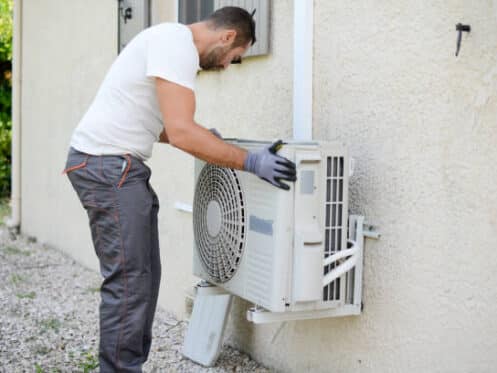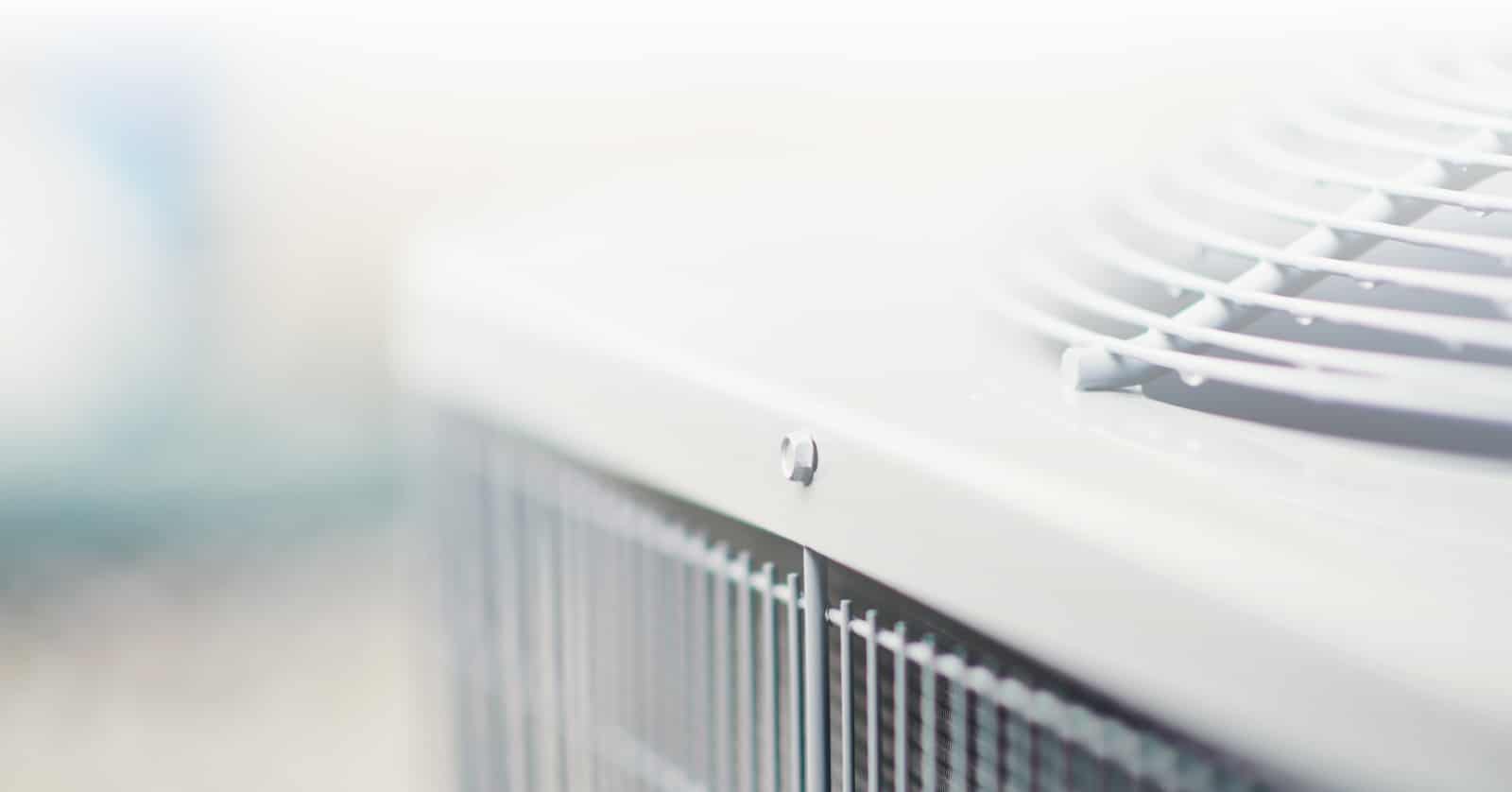Are you tired of battling high energy bills, inconsistent temperatures, and drafty rooms? It is time to consider a ductless mini-split system. Over the past few years, ductless mini-split systems have grown in popularity nationwide. Read on to learn more about how it works and its pros and cons to help you decide if this type of system is worth it to you.
The Working Mechanism of a Ductless Mini-Split System
Ductless mini-split air conditioning systems have two major components: an indoor air-handling unit and an outdoor unit comprising a compressor and condenser. The system allows you to have multiple indoor units for each room. During installation, the technician connects the indoor and the outdoor units using a singular conduit that houses refrigerant tubing, power cable, condensate drain, and suction tubing. Unlike the traditional central air conditioning systems, the ductless mini-split system is easy to install and operate.
Pros of the Ductless Mini-Split System
Here are the pros of using a ductless mini-split system.
Efficiency
Energy Star says homes with traditional ductwork lose 20-30% of energy. The heating and cooling from a mini-split system are generated at each unit, hence there are no energy losses. Ductless models come with an inverter-driven compressor, which speeds up or slows down depending on the system’s needs rather than shutting off entirely like the traditional AC compressors. During compressor start-up, the system consumes a lot of energy.
The zoning feature on mini-split systems gives you your desired temperature in each room without compromise. One outdoor unit connects to several indoor units, each providing the user the power to adjust temperatures. The mini-split system improves efficiency with this zoning capability. Users rely on a smart thermostat, remote control, or a mobile app to control each indoor unit.
Runs Silently
For homeowners or businesses where low noise is essential, ductless mini-split systems are a good alternative. The system design allows it to produce around 19 decibels, similar to the sound of a whisper or rustling leaves. This system does not make disruptive banging, humming, or whirring noises. Much of the noise in central AC systems comes from the extensive ductwork around the house. The ducts transfer noise from the outdoor unit or the furnace to the rest of the house, making it uncomfortable. The outdoor unit of a ductless system sits away from the indoor unit, which means you can’t hear the external noise or compressor vibration.
Two Appliances for the Price of One
When you install ductless mini-split systems, you avoid installing and paying for a furnace or baseboards. The ductless mini-split system cools and heats your home to maintain the right temperatures. In the heating mode, the system uses a thermal energy transfer and can do it four times more efficiently than other heating systems. The mini-split system uses a more efficient heat pump technology.
Dehumidification
When you turn on your air conditioner, the dehumidifier also turns on. However, when your home is not hot, you might want to avoid turning on the AC to dehumidify it. The only solution for traditional systems is turning on the AC or sitting in a humid home. Ductless mini-split systems can turn on the dehumidification mode without impacting indoor temperature.
Easy and Cheap to Install
Unlike traditional HVAC systems, ductless mini-split systems do not require any ductwork. During installation, ductwork for central HVAC systems occupies too much space and pushes the installation time to weeks. With ductless systems, you do not need to be afraid about the installation period or damage to the structure of your house. The system comprises only a few components, and the only drilling required in the house is the small hole in the wall that allows the conduit to pass through.
Choose the ductless mini-split system if you’re a homeowner with no pre-existing ductwork or you have an older home with non-traditional architecture. Installing a new ductwork system in such a house is impractical or impossible.
Better Air Quality
Ductless AC systems improve the indoor air quality of a home while providing efficient temperature control. Since the ductless systems only use a conduit to connect the indoor with the outdoor unit, the demerit of clogged ducts is not experienced. This translates to better air quality without the chance of allergens and debris accumulating in the ducts.
In addition, most ductless systems feature a multi-stage filtration system that traps and removes harmful particles from the air. This feature ensures the air circulating in your home is healthy and clean. For individuals sensitive to allergens or respiratory problems, the ductless mini-split system is a viable solution for improved indoor air quality.
Ideal Situations for Ductless Mini-Split Systems
New Additions and Renovations
If you’re renovating your house or you want to add AC in extra rooms, including sunrooms, bonus rooms, and garages, you should consider ductless systems. The main advantage is that the ductless system will be sized for the new space and will not steal air from other rooms or overload the existing system. When repurposing your garage for different functions, such as a gym area or workshop, the ductless system will pay off because it is easy to install and will not cause structural damage.
Downsizing
Today, people are making conscious decisions to reduce their utility bills. Some are shutting off the HVAC grilles in empty rooms, an error that results in pressure imbalances. When downsizing, you should consider ductless systems because of the zoning advantage. You may only need to have an HVAC system in rooms that are in use. The ductless system will allow you to moderate the temperature for separate rooms.
Cons of the Ductless Mini-Split System
Though the ductless mini-split system offers various advantages over standard HVAC systems, they have potential drawbacks.
Initial Cost
The upfront cost of the ductless system is higher than the standard HVAC system. The installation cost is high because only licensed professionals should install the ductless systems. Depending on the layout of your home, you may need to invest in extra components, like a condensate pump, which increases the overall cost. However, it is crucial to consider the overall running cost, including maintenance costs. In some regions, ductless systems may qualify for rebates or tax credits because of their energy efficiency.
Space and Positioning
If you have limited space on the walls or ceilings of your home, installing the indoor unit will be challenging. Most indoor units are designed to fit on the house’s walls or other stable surfaces. If you have a limited backyard or driveway space, the outdoor unit – which requires sufficient space and access to refrigerant and electrical lines – will be difficult. During the installation process, our technicians must drill in walls or ceilings to avoid tampering with the home’s structural integrity, hence the need for space.
Invest in a Ductless Mini-Split System Today
Mini-split systems have numerous advantages over traditional central AC systems. Once you install the ductless system, you will appreciate the difference in energy bills. You will likely find that mini-split systems are well worth the initial investment.
At All Tech Heat & Air, we have highly trained and licensed technicians with the skills and knowledge to install ductless systems. We are also proud to offer heating, cooling, plumbing, and indoor air quality services to the Greater Oklahoma City area. Contact us today to learn more!




